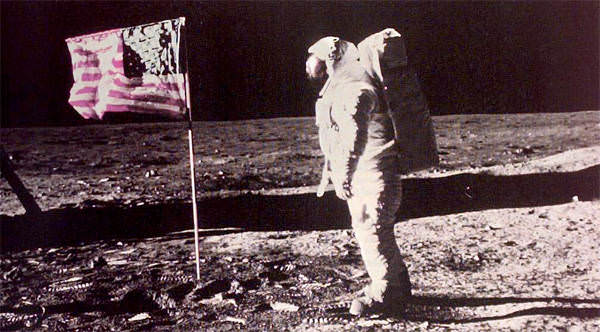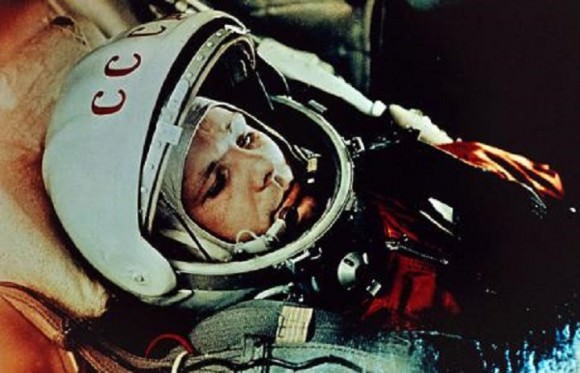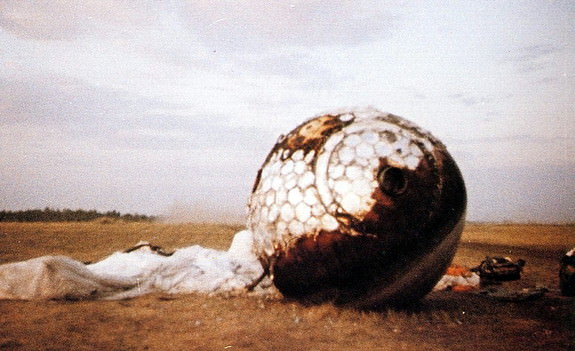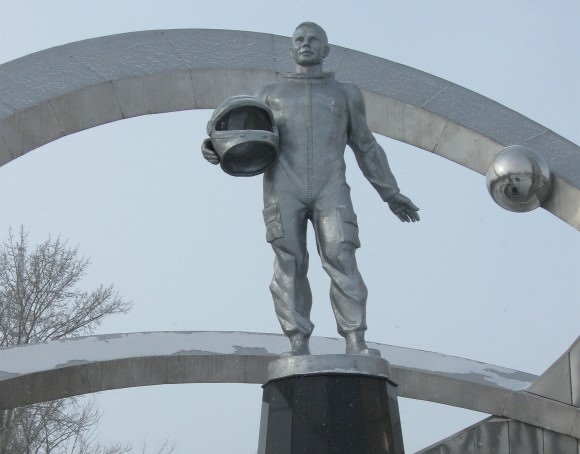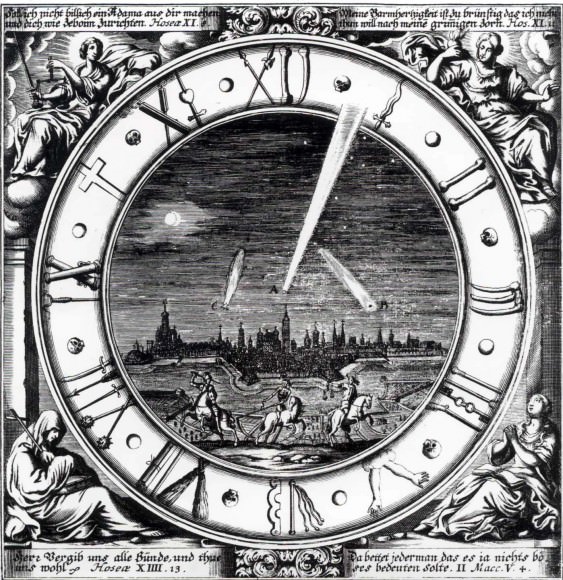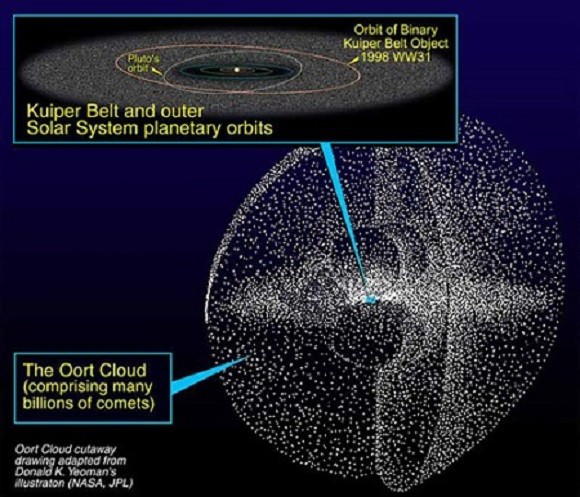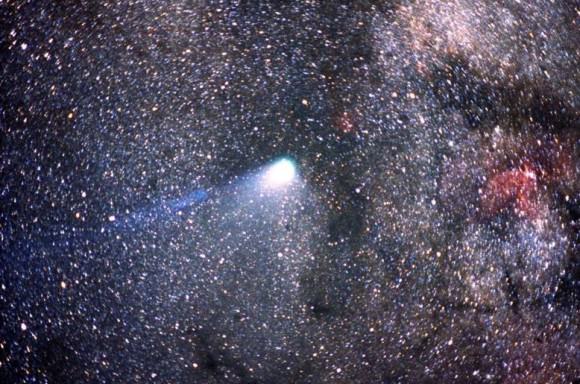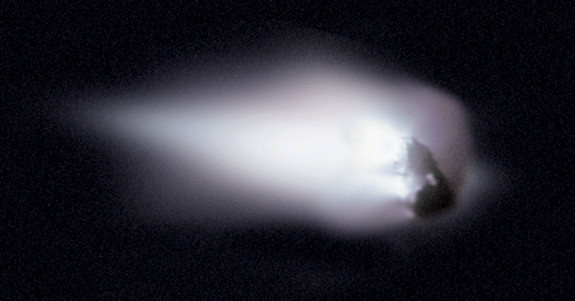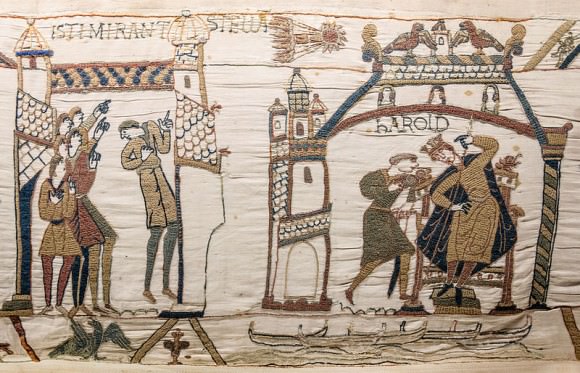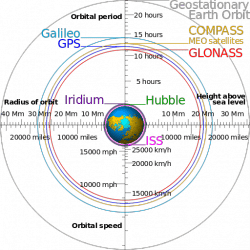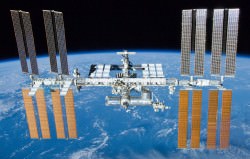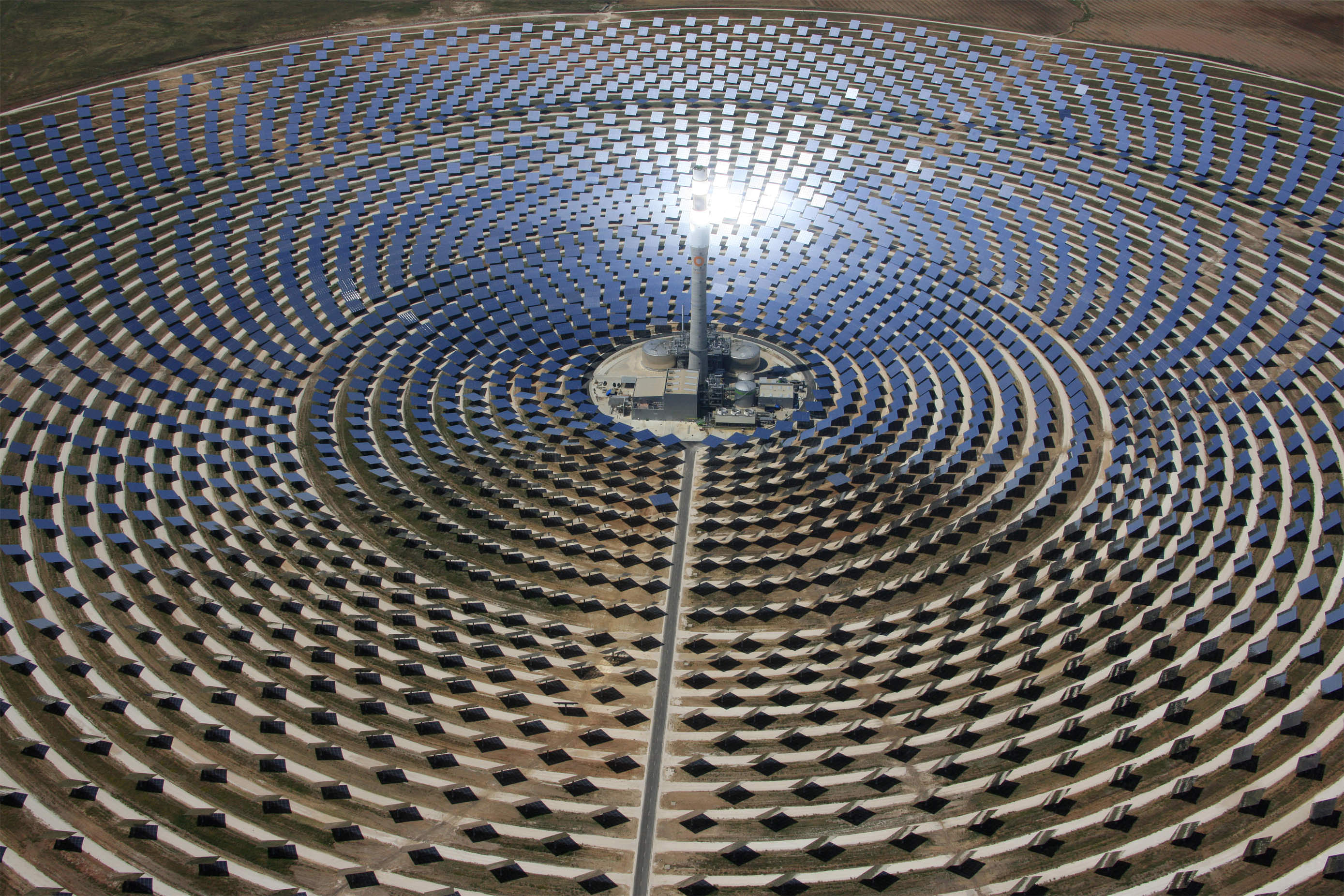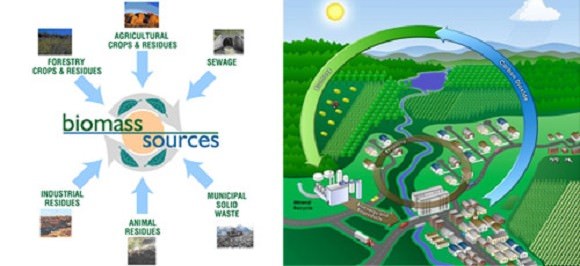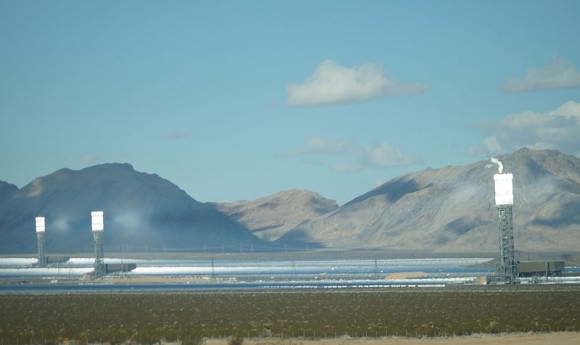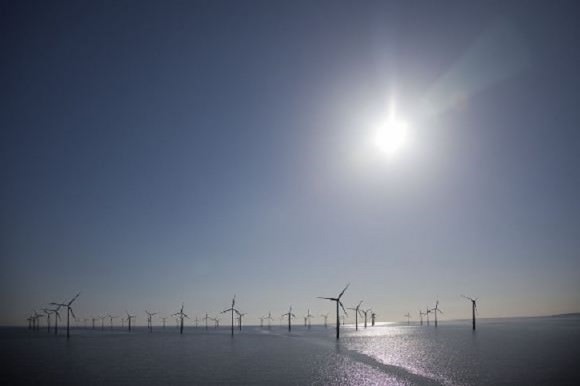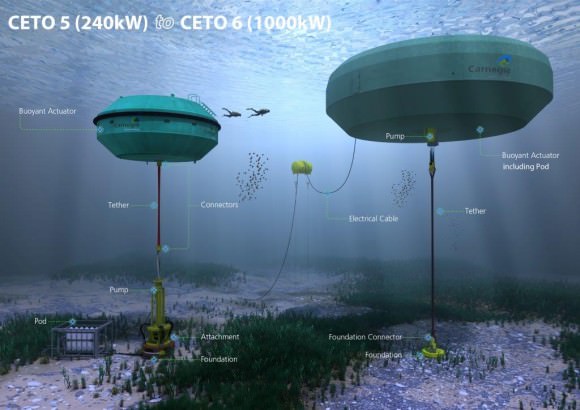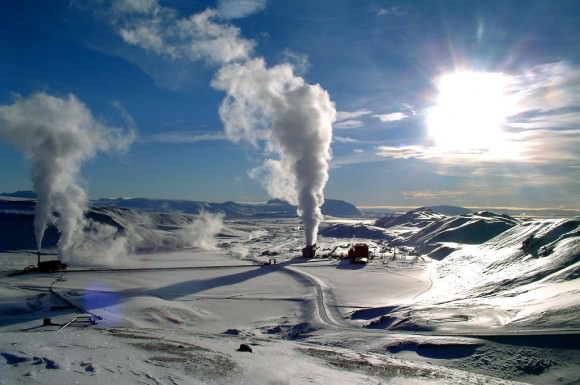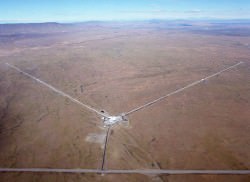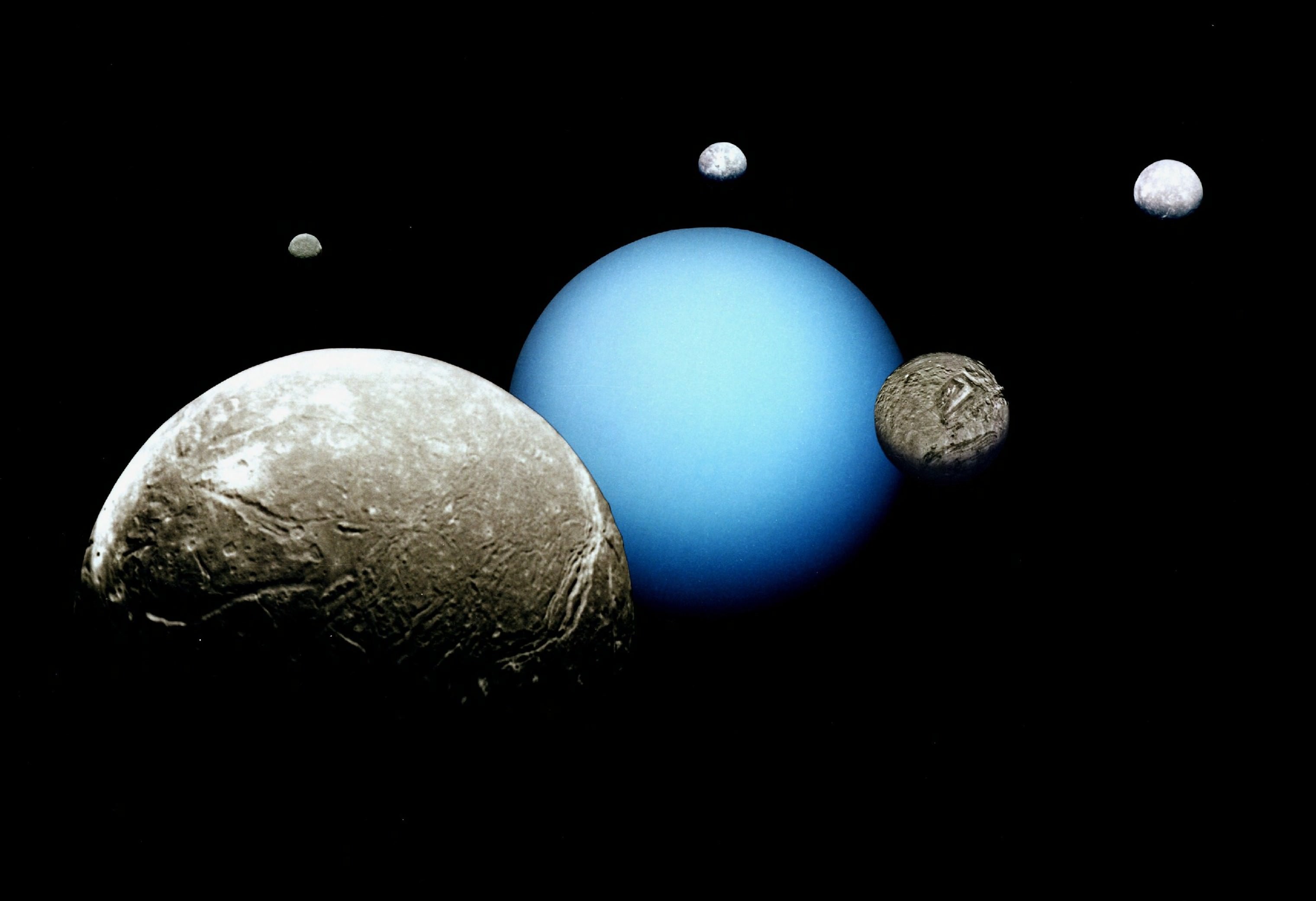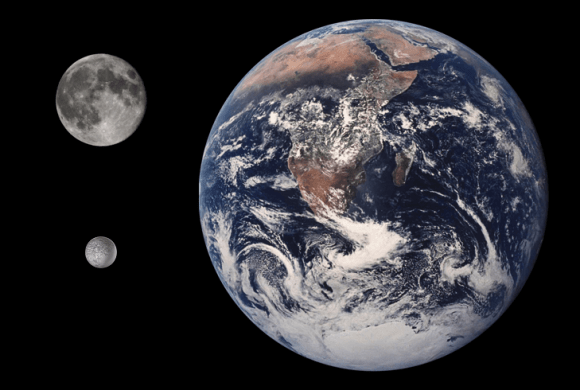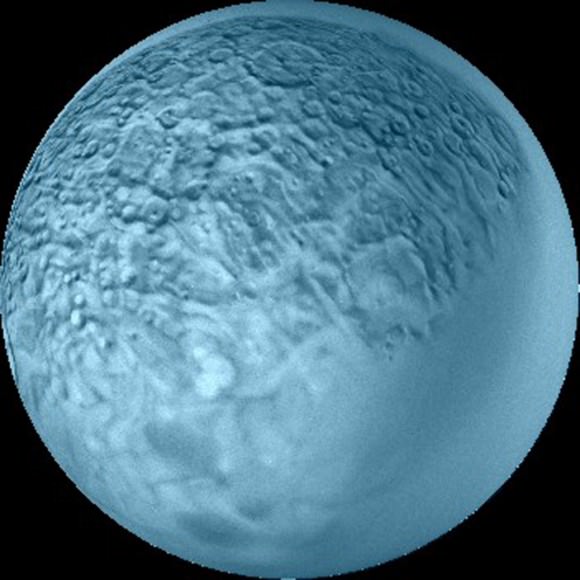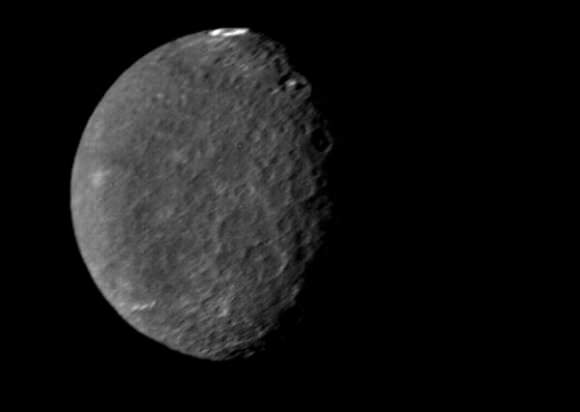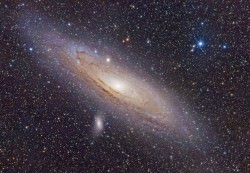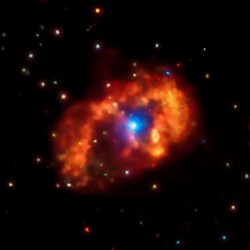Neil Armstrong is considered one of the greatest heroes of the space age, earning renown within the United States and the world over for being the first person to land a spacecraft on the Moon and the first person to set foot on the Lunar surface. But what is the story behind the man? As with all heroes and inspiration figures, the road that led to his famous declaration “One small step for [a] man,” began early on in his life.
Early Life:
Neil was born on August 5, 1930, in Auglaize County near Wapakoneta, Ohio to Stephen Koenig Armstrong and Viola Louise Engel. His father worked as an auditor for the Ohio government, which meant that the family moved around quite a lot during Neil’s formative years. In fact, the Armstrong’s lived in a total of 20 towns for the first few years of Neil’s life.
From an early age, Neil demonstrated a deep passion for flying. When he was just two-years-old, his father took him to the Cleveland Air Races. On July 20, 1936, when he was five, he experienced his first airplane flight in Warren, Ohio, where he and his father took a ride in a Ford Trimotor airplane (also known as the “Tin Goose”).

As a child, Armstrong was also active in the Boy Scouts and obtained the rank of Eagle Scout. As a teenager, he began taking flying lessons and worked at the local airport and at other odd jobs in order to pay for it. At the age of 16, before he even had his driver’s license, Neil earned his pilot’s license and began down the path that would eventually take him into space.
At the age of 17, Armstrong went off to study aeronautical engineering. Although he had been accepted to the Massachusetts Institute of Technology, he decided instead to go to Purdue University in West Lafayette, Indiana, in order to be closer to home. His college tuition was paid for under the Holloway Plan, where applicants committed to two years of study, followed by three years of service in the U.S. Navy, before completed the final two years of their degree program.
Military Pilot:
In January of 1949, at the age of 18, Armstrong was called-up for military service and went off to the Naval Air Station in Pensacola, Florida, to begin his flight training. This lasted almost 18 months, during which time he qualified for carrier landing aboard the USS Cabot and USS Wright. On August 16th, 1950, two weeks after his 20th birthday, Armstrong was informed by letter that he was a fully qualified Naval Aviator.
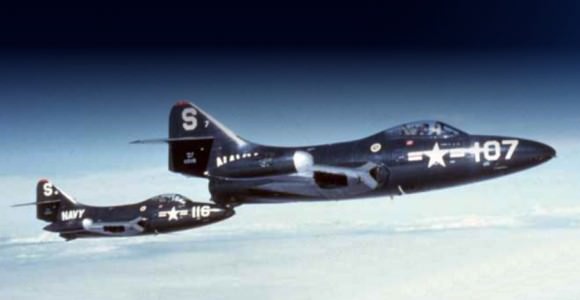
In June 1951, the carrier he had been assigned to – the USS Essex – set sail for Korea, where his unit (VF-51, an all-jet squadron) would act as a ground-attack squadron. In the course of the war, he flew 78 missions and accumulated approximately 121 hours of combat experience. His plane was shot down once, but Armstrong managed to eject and was rescued without incident or serious injury.
For his service to his country, he received several commendations, including the Air Medal for his first 20 combat missions, a Gold Star for the next 20, and the Korean Service Medal and Engagement Star. Armstrong left the Navy at age 22 on August 23rd, 1952, and became a Lieutenant, Junior Grade, in the U.S. Naval Reserve. He remained in the reserve for eight years, then resigned his commission on October 21st, 1960.
After his service in Korea, Armstrong returned to his studies at Purdue. In 1955, he was awarded a Bachelor of Science degree in Aeronautical Engineering, and a Master of Science degree in Aerospace Engineering from the University of Southern California in 1970. Armstrong would also be awarded honorary doctorates by several universities later on in life.
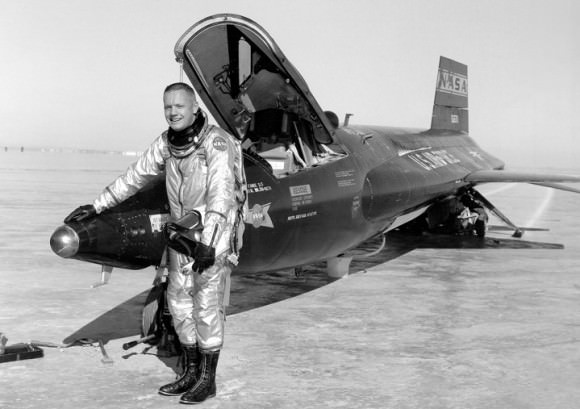
It was also during his time at Purdue that Armstrong met Janet Elizabeth Shearon, the woman he would go on to marry. After graduating, the two moved to Cleveland, Ohio, where Armstrong was working at the National Advisory Committee for Aeronautics’ (NACA) Lewis Flight Propulsion Laboratory as a research test pilot. The two married on January 28th, 1956, at the Congregational Church in Wilmette, Illinois.
After 18-months, the Armstrongs moved to Edwards Air Force Base in California where he began working for the NACA’s High-Speed Flight Station. While there, he flew multiple experimental aircraft, including the Bell X-1B, the T-33 Shooting Star, the Lockheed F-104, and the North American X-15. He also met legendary test pilot Chuck Yeager, and was involved in several incidents that went down in Andrew’s AFB folklore.
Gemini Program:
In September of 1962, Armstrong joined the NASA Astronaut Corps as part of what the press dubbed “the New Nine” – a group of nine astronauts that were selected for the Gemini and Apollo programs. These programs, which were the successor to the Mercury Program – which sought to place an astronaut in orbit (popularized by the movie The Right Stuff) – were designed with the intent of conducting long-term space flights and a manned mission to the Moon.
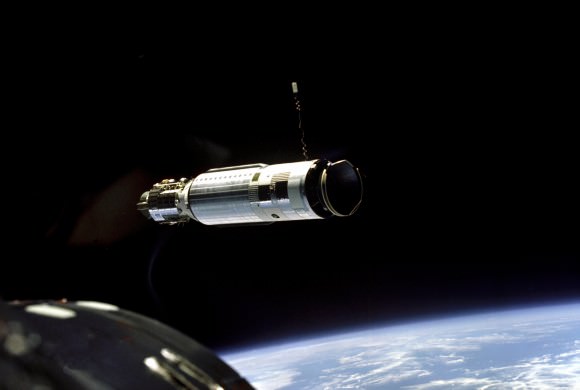
Neil’s first mission to space would take place four years later, on March 16th, 1966, aboard a Titan II spacecraft, with Neil acting as Command Pilot and fellow astronaut David Scott as Pilot. Known as Gemini 8, this mission was the most complex mission to date, involving a rendezvous and docking with an unmanned Agena target vehicle, and some extra-vehicular activity (EVA) being performed.
The docking procedure was a success, but due to mechanical failure, the mission had to be cut short. On September 12th, 1966, Armstrong served as the Capsule Communicator (CAPCOM) for the Gemini 11 mission, remaining in communication with astronauts Pete Conrad and Dick Gordon as they conducted spacecraft rendezvous and EVA operations.
On April 5th, 1967, just three and half months after the Apollo 1 fire took place, Deke Slayton – one of the Mercury Seven astronauts and NASA’s first Chief of the Astronaut Office – brought Armstrong and many other veterans of project Gemini together and told that they would be flying the first Lunar missions.
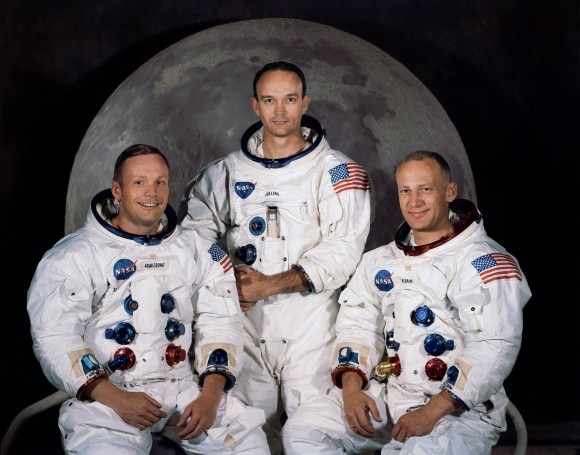
Over the next six months, Armstrong and the other astronauts began training for a possible trip to the Moon, and Neil was named backup commander for the Apollo 8 mission. On December 23rd, 1968, as Apollo 8 orbited the Moon, Slayton informed Armstrong that he would be commander for the Apollo 11 mission, joined by Buzz Aldrin as lunar module pilot and Michael Collins as command module pilot.
Apollo 11:
On July 16th, 1969, the historic mission blasted off from the Kennedy Space Center in Florida at 13:32:00 UTC (9:32:00 a.m. EDT local time). Thousands of people crowded the highways and beaches near the launch site to watch the Saturn V rocket ascend into the sky. Millions more watched from home, and President Richard M. Nixon viewed the proceedings from the Oval Office at the White House.
The rocket entered the Earth’s orbit some twelve minutes later. After one and a half orbits, the S-IVB third-stage engine pushed the spacecraft onto its trajectory toward the Moon. After 30 minutes, the command/service module pair separated from this last remaining Saturn V stage, docked with the Lunar Module, and the combined spacecraft headed for the Moon.
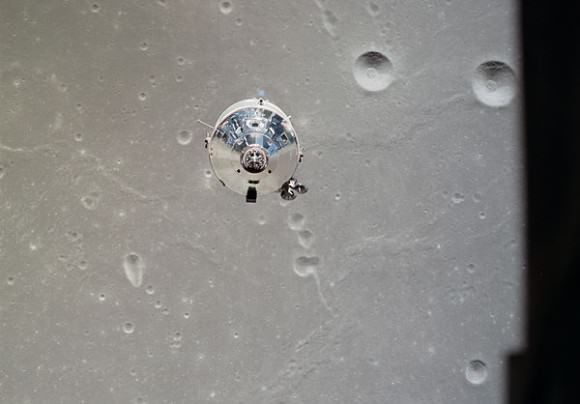
On July 19th at 17:21:50 UTC, Apollo 11 passed behind the Moon and fired its service propulsion engine to enter lunar orbit. On July 20th, the Lunar Module Eagle separated from the Command Module Columbia, and the crew commenced their Lunar descent. When Armstrong looked outside, he saw that the computer’s landing target was in a boulder-strewn area which he judged to be unsafe. As such, he took over manual control of the LM, and the craft landed at 20:17:40 UTC with only 25 seconds of fuel left.
Armstrong then radioed to Mission Control and announced their arrival by saying: “Houston, Tranquility Base here. The Eagle has landed.” Once the crew had gone through their checklist and depressurized the cabin, the Eagles’ hatch was opened and Armstrong began walking down the ladder to the Lunar surface first.
When he reached the bottom of the ladder, Armstrong said: “I’m going to step off the LEM now” (referring to the Lunar Excursion Module). He then turned and set his left boot on the surface of the Moon at 2:56 UTC July 21st, 1969, and spoke the famous words “That’s one small step for [a] man, one giant leap for mankind.”
About 20 minutes after the first step, Aldrin joined Armstrong on the surface and became the second human to set foot on the Moon. The duo then began their tasks of unveiling a plaque commemorating their flight, setting up the Early Apollo Scientific Experiment Package, and planting the flag of the United States. The crew then returned to the LM and blasted off, commencing their return trip to Earth.

Upon returning to Earth, the Apollo 11 crew went on a 45-day tour around the world called the “Giant Leap” tour. Armstrong also traveled to the Soviet Union to talk at the 13th annual conference of the International Committee on Space Research. While there, he met Valentina Tereshkova (the first female astronaut to go into space), Premier Alexei Kosygin, and was given a tour of the Yuri Gagarin Cosmonaut Training Center.
Shortly after the Apollo 11 mission, Armstrong announced that he did not intend to fly in space again; and in 1971, resigned from NASA. He then settled into a life of teaching, accepting a position in the Department of Aerospace Engineering at the University of Cincinnati. After eight years, he resigned. He also spent much of this time acting as a corporate spokesperson and serving on the board of directors of several companies.
Retirement and Death:
During his post-Apollo years, Armstrong also served on two spaceflight accident investigations. The first took place in 1970, where he served as part of the panel that investigated the Apollo 13 mission, presented a detailed chronology of the mission and made recommendations. In 1986, President Reagan appointed him as vice-chairman of the Rogers Commission to investigate the Space-shuttle Challenger disaster of that year.

In 2012, Armstrong underwent vascular bypass surgery to relieve blocked coronary arteries. Although he was reportedly recovering well, he died on August 25th, in Cincinnati, Ohio. In a ceremony that was held aboard the USS Philippine Sea (an American missile cruiser) Armstrong was buried with honors in a ceremony where a U.S. Navy ceremonial guard draped an American flag over his ashes before commended them to the sea.
For his years of service, Armstrong has received numerous medals including the Presidential Medal of Freedom, the Congressional Space Medal of Honor, the Congressional Gold Medal, the Robert J. Collier Trophy, and the Sylvanus Thayer Award.
Neil Armstrong has had over a dozen elementary, middle and high schools named in his honor, and many streets, buildings, schools, and other places around the world have been named in honor of Armstrong and/or the Apollo 11 mission. The lunar crater Armstrong, which sits approx. 50 km (31 miles) from the Apollo 11 landing site, and asteroid 6469 Armstrong are named in his honor.
Armstrong was also inducted into the Aerospace Walk of Honor, the National Aviation Hall of Fame, and the United States Astronaut Hall of Fame. Armstrong and his Apollo 11 crewmates were the 1999 recipients of the Langley Gold Medal from the Smithsonian Institution. His alma mater, Purdue University, also named a new engineering hall after him, which was completed in 2007.
Universe Today has articles on Neil Armstrong and first man on the Moon.
For more information, check out Neil Armstrong and NASA’s Human Spaceflight.
Astronomy Cast has an episode on the Moon.
Sources:
NASA: Who is Neil Armstrong
NASA: Biography of Neil Armstrong

